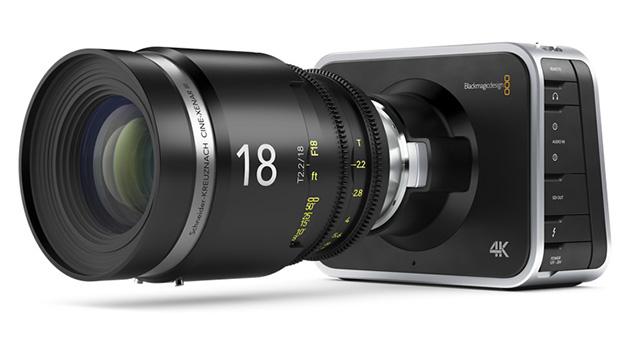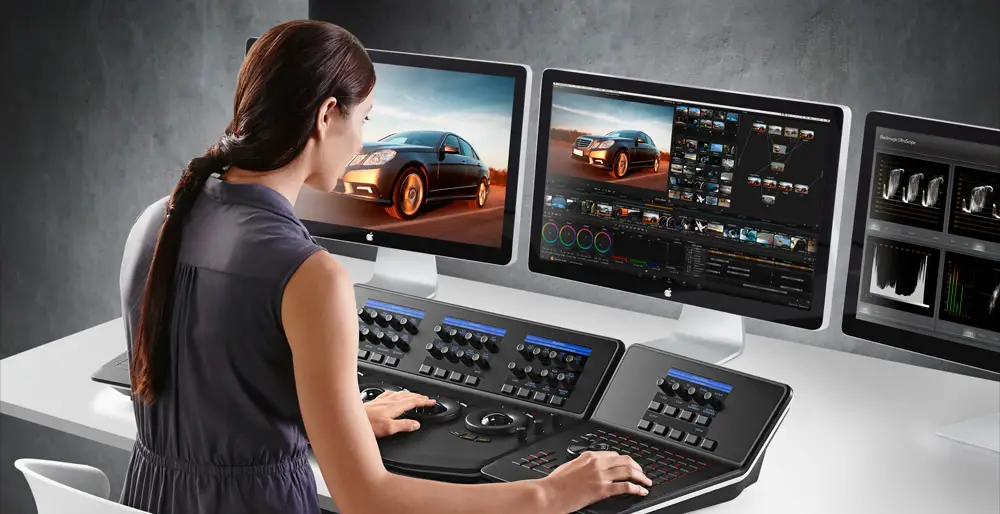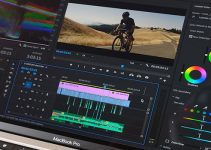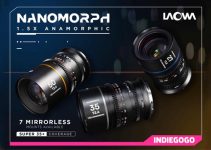Shooting raw video is one of the most demanding and appealing features for many indie filmmakers.
For many years, this feature was available only on higher priced models like the Red One from Red Digital Cinema.
Blackmagic Design implemented that feature in all of the three models of cameras they offer currently on the market.
Upon its release, the BMPC (Blackmagic Production Camera), the company’s first 4K capable camera, was supposed to have that feature enabled.
However as with previous camera models from Blackmagic Design, certain features were to be added on in the near future. So was the fate of the much awaited 4K raw recording in the BMPC.

In the latest firmware update – 1.8, released almost a month ago, the Production camera finally received the much needed raw recording mode.
4K raw seems like a great idea on paper, but what are the real benefits of shooting raw on the BMPC 4K compared to ProRes? Let’s find out.
BMPC4K raw tests from Ola Harström on Vimeo.
The lenses Ola Harström used for this test were Canon 24mm 1.4, Samyang 35mm 1.4, Sigma 50mm 1.4 and Sigma 85mm 1.4.
One of the visible advantages here is the better cinematic look and the increased dynamic range compared to shooting 4K ProRes, which we can clearly see in the shots above. This is where the BMPC 4K simply shines. There are tons of information that can be tweaked and manipulated even in the most challenging and severe color correction scenarios. Raw is superb for visual effects work as well.

Due to the drastic increase in file size, many of us still prefer to use ProRes as a first place option. However, one of the main downsides while recording in ProRes on the Blackmagic cameras in particular for me is the limited built-in white balance options. We have only six fixed presets to choose from: 3200K for tungsten light, 4500K for flourescent light, 5000K, 5600K, 6500K and 7500K for daylight conditions.
Fortunately, while shooting raw we can always pick a precise white balance point later in post-production. Raw is more forgiving for the highlights in the image as well and the correct exposure could easily be pulled off later.
Here’s another example of Raw vs ProRes comparison this time in reverse.
BMCC vs BMPC-4K side-by side comparison from Daniel Nyul on Vimeo.
This is what Daniel Nyul shares about this test:
-I shot the BMCC in 2.5K RAW and the BMPC in 4K Prores at 200ASA, 180° and used a 1080p timeline.
-On the first shot the BMCC has a canon 50mm 1.4 and the BMPC a Tamron 24-70 f2.8. Both were at f2.8.
-On the second shot I swapped the lenses and had them at f3.2I graded them lightly in Resolve to match the 2 cameras, since out of the box, they look different. The BMCC produces a brighter image compared to the BMPC, but in the end they even out, since the BMCC likes to be shot to the right and brought down in post.
Right from the point I started grading them in Resolve, I found it easier to work the 4K prores footage even though I used the BMCC for almost a year and shot RAW almost exclusively. Besides the obvious added detail of the BMPC, the biggest difference I found is even though the BMPC has less dynamic range, the transition from shadows to highlights is much more natural and simply nicer.
I also found that the 4K footage is much more demanding on my computer.
What do you guys think? Do you shoot in Raw or ProRes, or which would you prefer? Let us know in comment section below.
Disclaimer: As an Amazon Associate partner and participant in B&H and Adorama Affiliate programmes, we earn a small comission from each purchase made through the affiliate links listed above at no additional cost to you.



